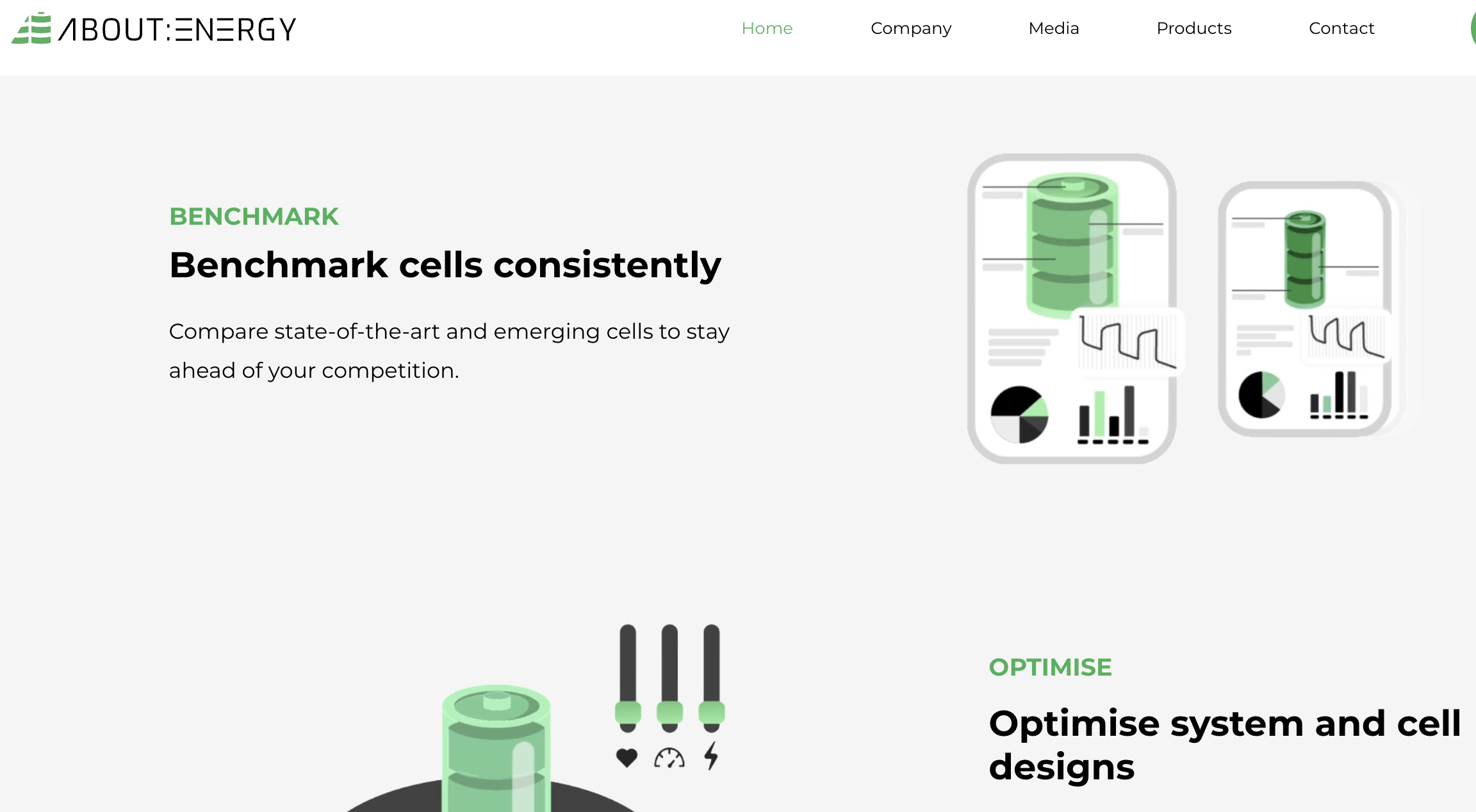 Microsoft earlier this month released best practices for enterprise workers who are considering using their personal technology device for work and play. This business trend is known as Bring Your Own Device (BYOD) and it continues to grow as more devices enter the marketplace giving consumers a variety of choice in terms of functionality and application for work and home.
Microsoft earlier this month released best practices for enterprise workers who are considering using their personal technology device for work and play. This business trend is known as Bring Your Own Device (BYOD) and it continues to grow as more devices enter the marketplace giving consumers a variety of choice in terms of functionality and application for work and home.
According to Gartner Research, globally, 88% of executives report employees use their personal computing technologies for business purposes today, while only 62% of executives say they now have, or are planning to have, a BYOD program for smartphones and tablets. This gap could create challenges for the IT department for organizations that aren’t equipped with the right policies to ensure unwanted botnets or spyware don’t enter the enterprise.
“The BYOD trend offers numerous benefits to users, including reduced costs, and the ability for enterprise workers to work with their preferred technology,” said Don Morrison, Director, U.S. Anti-Piracy for Microsoft Corp. “That said, BYOD does blur the lines between enterprise and personal computing, and can create security risks for businesses and the workers, so it’s important to have best practices in place.”
Guidance from Microsoft on BYOD includes:
- Procure only genuine apps and software from reputable sources
- Don’t lend your device to others and run the risk of compromising its integrity
- Make sure you’re safe online and protecting your privacy by visiting Security
There are some interesting solutions that can help with BYOD. One good example is SOTI powered by Samsung Knox.




